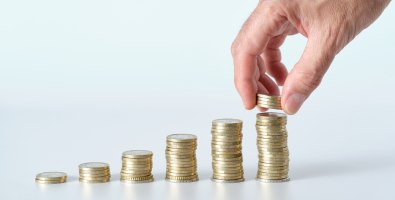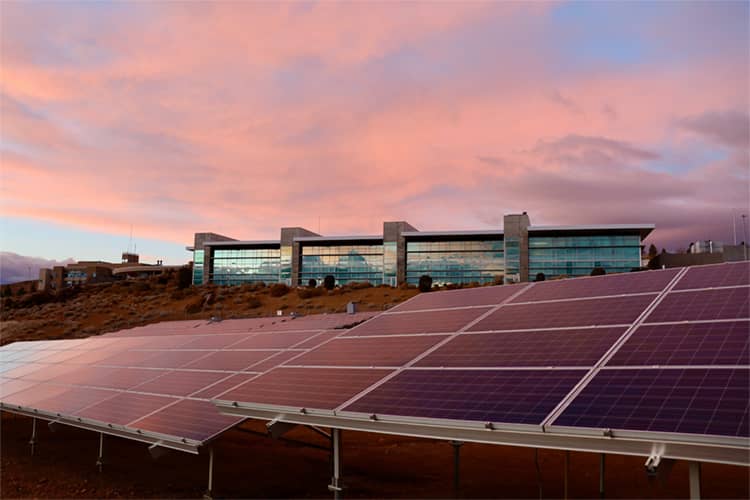Collaborative Economies
Collaborative Economies
More sustainable by sharing

Reading time: 6 min
What are energy communities and how can they help us?
Sharing energy: Another step forward in the energy transition
Energy communities allow citizens, small businesses, cooperatives, and local entities to get involved and participate actively in the fight against climate change. Citizen participation is increasingly more important in achieving energy transition, and in this way, energy communities can be a great ally.


What do energy communities consist of?
These communities are legal entities that members form to generate and consume their own energy. They are considered another instrument in the energy transition and can contribute to local development.
The aim of energy communities is to enhance citizen-driven energy efficiency while creating a sustainable environment. They can be structured, for example, within a housing community, along with other communities, and even with local third-party entities.
The main activities in a local energy community include:
What characteristics do energy communities have?
Local energy communities are characterized by:
Purpose
The financial benefits are destined to the economic savings of the community members and to the social development of their environment.
Property and control
All the members (citizens, businesses, and local authorities) actively participate and control the energy community. Production shouldn't exceed consumption; and communities cannot operate in markets that may be considered speculative.
Governance
A legal entity must be formed to allow for open and voluntary participation among members. To ensure autonomy, internal decision-making should follow a democratic format.
Benefits of energy communities
The numerous environmental, financial, and social benefits of renewable energy communities will set a trend for the future.

Environmental benefits

Financial benefits

Social benefits
Examples of energy communities
Although solar energy is one of the most common types of energy used in self-consumption, there are also other very efficient options, such as wind energy and biomass. Let's check out some examples of energy communities:
Collaborative Economies
More sustainable by sharing

All about solar communities
Save by sharing energy.